There’s a purity in the air, blondness in the hair, the titillations of Tivoli and two-wheelers at every turn. Compact, cultured and convivial, Copenhagen embodies the essence of Nordic cool. With a 1000 years of history, this city of cobbled squares and soaring copper spires is home to the world’s oldest monarchy, but it’s equally proud of its stature as a cutting-edge design capital, brimming with funky shops, countless cafes and world-beating museums.
No matter how long you’re staying in town, Copenhagen’s spoil of offerings will easily blitz your schedule.
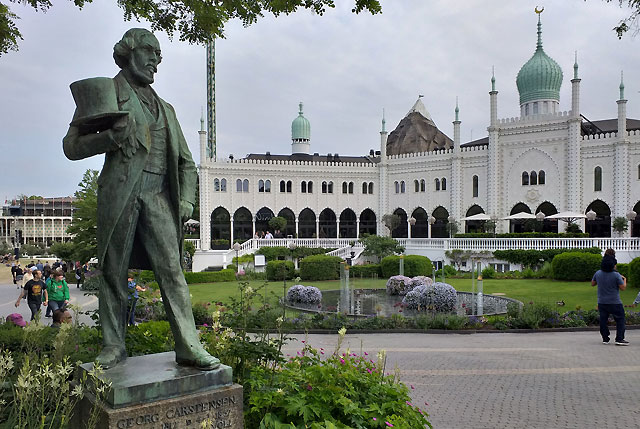
Picking and choosing what to do and what to skip can be a formidable and painful exercise in itself! For starters, I’d strongly suggest you purchase the keys to the city, a Copenhagen Card, which not only bundles together free admission to over nearly 90 attractions and museums, but is your passport to ride their public transport system, with free and unlimited travel depending on the duration of your card, whether you opt for a 24 hour or 72 hour card. If you’re planning on ticking off a lot of sights, the Copenhagen Card is an absolute steal. www.visitcopenhagen.com
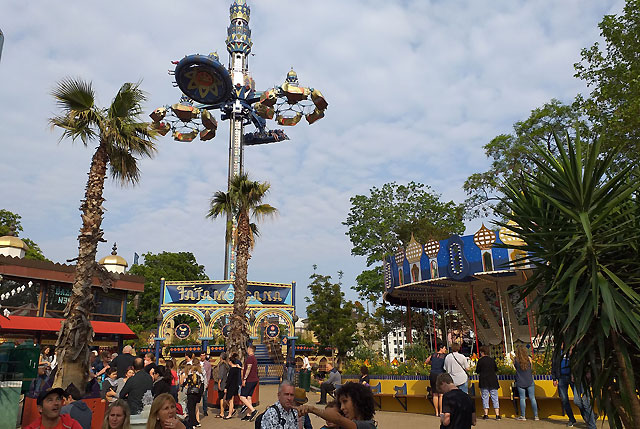
My suggested list of must-do Copenhagen classics starts with twinkling, spangled Tivoli Gardens, the beloved amusement park that’s been wowing the world since 1843 and inspired a certain Walt Disney, following his visit in 1951. It may not have evolved with the same ever-expanding scale and glitz as Disneyland, opting to maintain a more innocent old-school charm, although you won’t be short of stomach-lurching thrill rides.
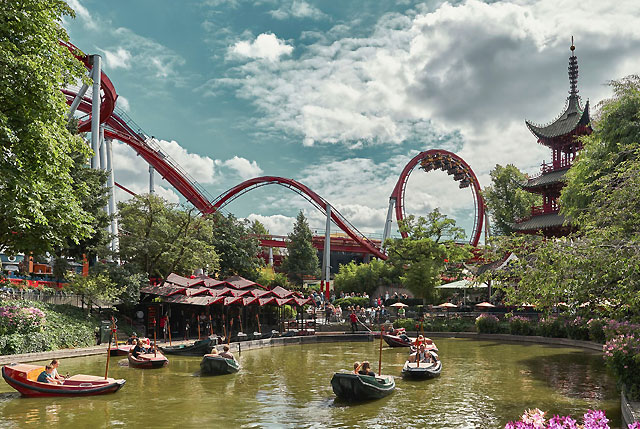
Some of the more recent installations like the Demon, Tik Tak, the Golden Tower and Vertigo are all self-explanatory for thrill-junkies, but don’t miss a whirl on their positively antique old rattler, the 105 year old classic wooden coaster. Despite its long opening hours, after dark is best to bask yourself in the irresistibly escapist glow of its illuminated magic.
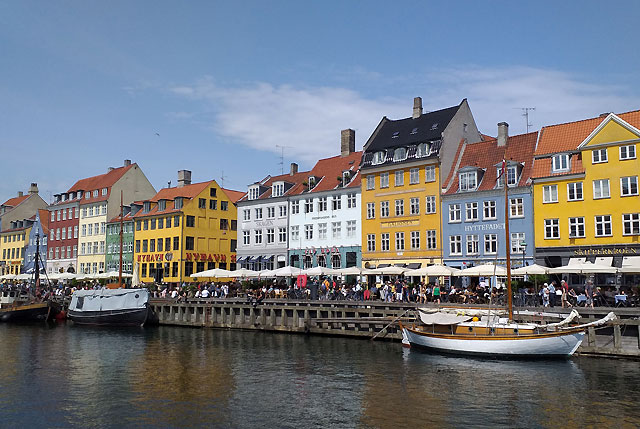
Picture-postcard Copenhagen doesn’t get more irresistible than at Nyhavn, its picturesque harbour with old sailing ships bobbing on the water and cheerfully-coloured colourful townhouses basking in the sunshine. Thronging with al fresco cafes and bars, you’ll want to be basking in its splendour too. H. C. Andersen wrote his first fairy-tale in house number 20 in 1835, and died in house 18.
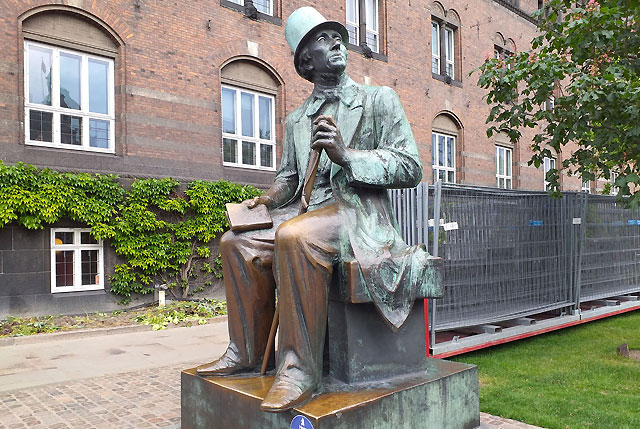
Strolling through Copenhagen’s cherished pedestrianised shopping street network, the Stroget, I made my way to City Hall Square, which is flanked by an equally beloved statue of a seated H. C. Andersen. The landmark is a crowd-pleasing tractor-beam among visitors, around the clock. Mind those selfie sticks! City Hall Square is studded with whimsical sculptures of fantasy serpents and frothy fountains, and as the name suggests, its home to the towering Radhaus, built in National Romantic style in the 1980s, and inspired by Siena’s soaring City Hall.
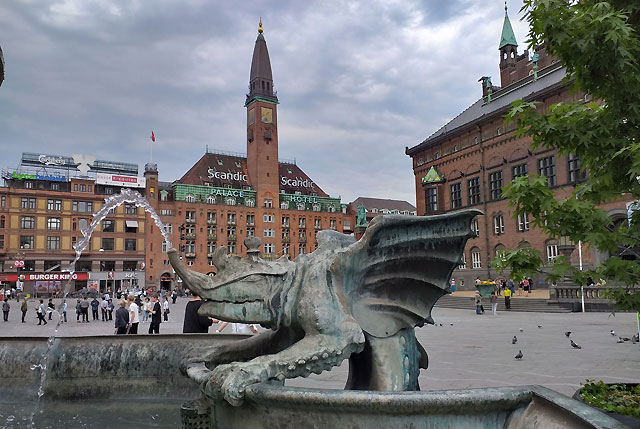
If you have a head for heights, the building’s tower offers a dizzying city panorama, as does the nearby Round Tower which is Europe’s oldest functioning observatory.
For a taste of Royal Copenhagen, all roads lead to Amalienborg, the winter residence of the Danish royal family where the royal palace is not one, but four different carbon-copy Rococo palaces flanking a square. The four palaces where built by four noble families in the middle of the 18th century on direct orders by the king Frederik V.
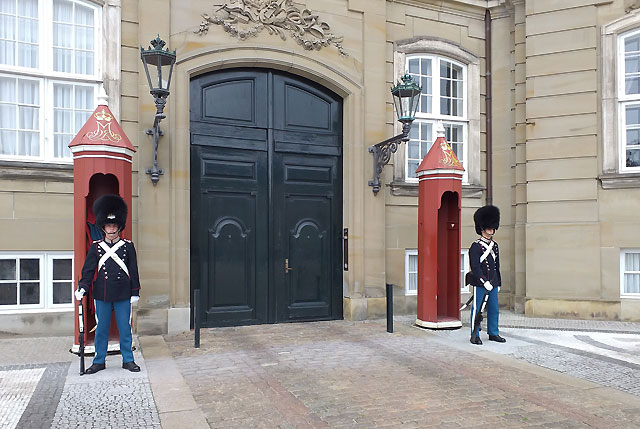
The King needed a new royal palace but he didn’t want to pay so the four families were given tax immunity for 40 years as token for their services to the crown. Every day at noon, you can watch the change of guards in the court yard. When HM the Queen is in residence, the ceremony is accompanied by the Royal Guards music band. I popped into the Amalienborg Museum where you can explore the royals’ private living quarters and the Gala Hall.
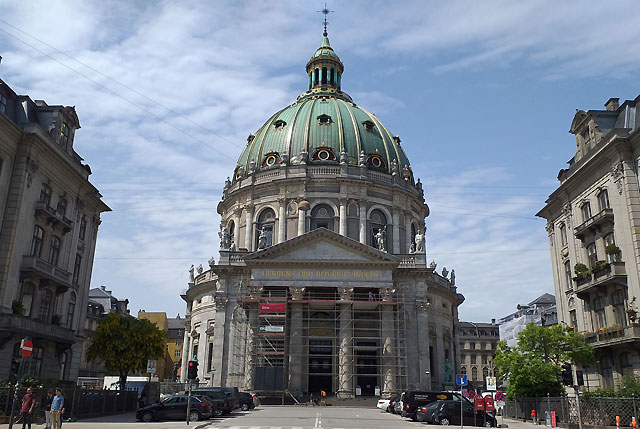
Gazing down the western axis of the Square, the adjoining Marble Church is a spectacular sight, modelled on Rome’s Pantheon. Commissioned by King Frederik V in the mid 18th century, its astonishing dome, the largest church in Scandinavia, was the ultimate royal vanity project. The King’s ostentatious quest ran aground several times due to the cost. In fact, it wasn’t until 1874 that a financier bought it lock, stock and barrel, and finished the construction.
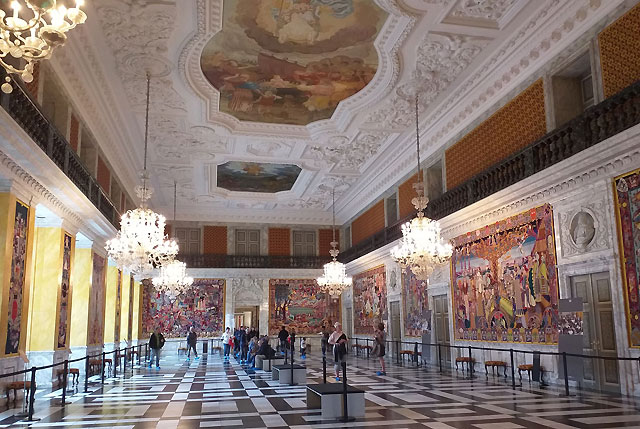
But the best royal pomp can be enjoyed at Christiansborg Palace, which remains the most important building in Denmark today. This sprawling palace comprises the Danish Parliament, the Supreme Court, the Prime Minister’s office and the Royal Reception Rooms. Regally decorated in bucket loads of gilding, tapestries, rich burgundy velvet furnishings and priceless works of art, you can roam through the Throne Room, the Dining Hall, Great Hall and the Library.
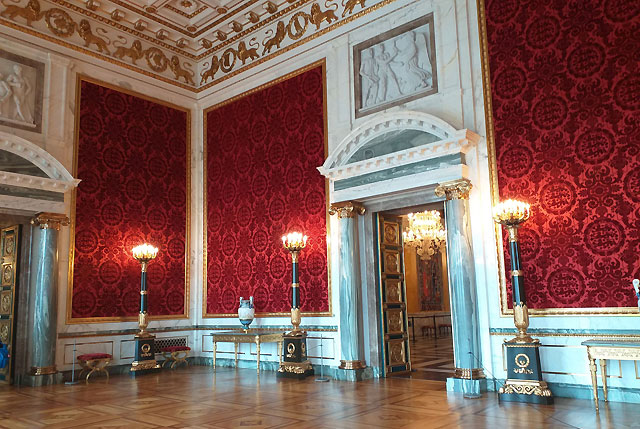
The reception rooms are routinely used for State occasions and banquets. I also enjoyed diving into the Royal Stables, which are every bit as impressive as London’s Royal Mews. When the stables were built in 1745, 250 horses stood among the stables’ marble pillars. There were about a dozen royal horses in residence when I popped by, alongside the massive fleet of royal carriages used for ceremonial purposes.
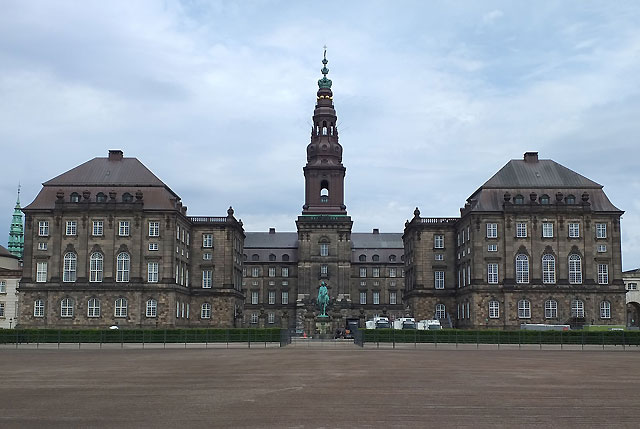
You couldn’t possibly visit Copenhagen without sampling at least some of its museums. The big boy, the National Museum is compulsive, particularly for its riveting galleries dedicated to the Viking Age and its staggering trove of artefacts from the Stone, Bronze and Iron Age.

Amid the national treasures, I particularly loved gawping at the 3,000 year old Sun Chariot, which was discovered a century ago in a peat bog in northwestern Zealand. Consisting of a bronze statue of a horse and a large bronze disk, which are placed on a device with spoked wheels, it’s believed to have been a Bronze Age calendar.
Another crowd-pleaser is the Danish Design Museum, a shrine to the Danish love-affair with beautifully designed household objects, whether it be radios, speakers, kitchenware, lights or furniture.
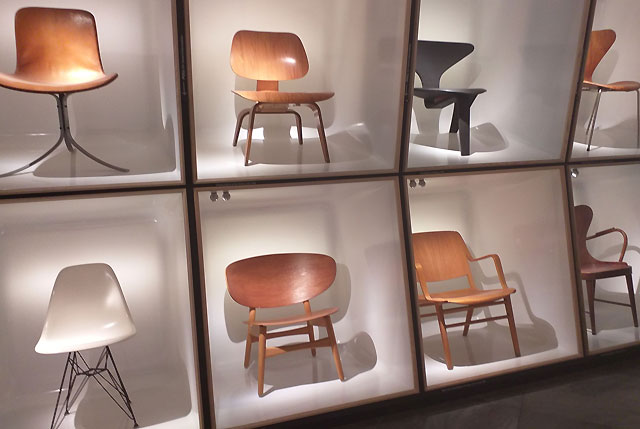
This holy grail to Danish design pays tribute to leading luminaries like Arne Jacobsen of Egg Chair fame, Jacob Jensen, and Hans Wegner of Y chair fame. You’re guaranteed to see enough Danish chairs to last you a lifetime.
For something completely off-beat, I headed to the Medical Museum in the Royal Academy of Surgeons, where the displays date back nearly 300 years.
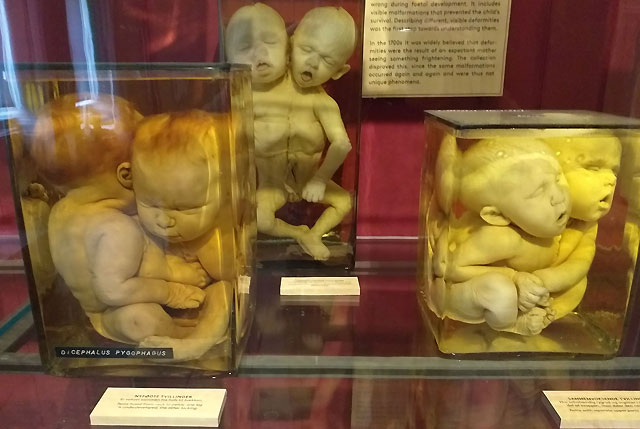
Housed within the glass cabinets, a vast trove of skeletons, conjoined twins, still-born babies and seriously deformed bodies. Their bodies were preserved for medical research over the centuries. Gazing at these lifeless corpses, floating in formalin glass jars is certainly confronting. It’s not for the squeamish. For a change of the scenery, the old Royal Pharmacy has been installed in the museum, an evocative scene of potions in glass cabinets set around the dark-timbered pharmacy counter from the late 1700s.
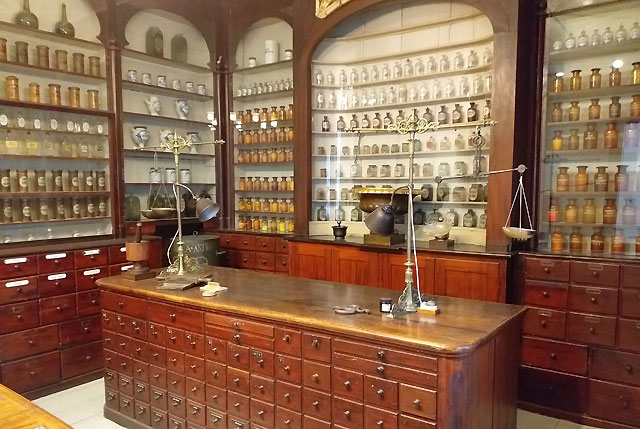
Don’t leave Copenhagen before taking to the water on a canal tour to soak up its spirit and splendour, while staking out lesser-trafficked parts of the city and ticking off lustrous landmarks like The Little Mermaid. You’ll even get the chance to admire Her Majesty’s Royal Yacht up-close. What a city, what a capital, what history.

Where to stay? For a change of scenery, I based myself south of the city centre in one of the trendy residential districts of Amager Vest. It’s home to the AC Hotel by Marriott Bella Sky Copenhagen, a staggering ultra-contemporary confection of two leaning glass towers, connected by a top-floor bridge. Booking.com research increasingly shows that Kiwis love staking out distinctive accommodation experiences and this daring piece of Danish architectural design is certainly out of the box!

Enjoy soundproofed rooms, floor-to-ceiling windows and a fabulous wellness centre complete with hot tubs, massaging showers, sauna and steam baths. Booking.com don’t just list your stock-standard accommodations, but a feast of characterful options like this stand-out. www.booking.com
Rail Europe has all your rail needs covered across Denmark and Scandinavia. Whether you want to pre-purchase a Eurail Pass, Scandinavia Pass, point-to-point tickets, or make seat reservations in advance, Rail Europe are the experts in great rail travel. www.raileurope.co.nz
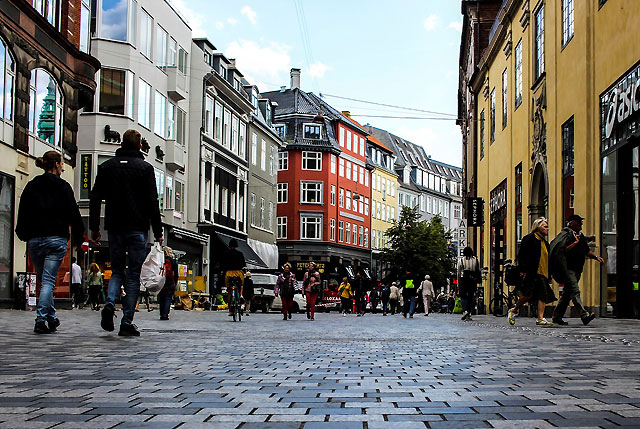
Qatar Airways, the Skytrax Airline of the Year, fly non-stop between Doha and Auckland, one of the world’s heroic ultra-long haul routes. QSuite has just been launched on the Auckland service, delivering first-class luxury to the Business Class cabin, including double lie-flat beds and private sliding doors. Beyond Doha, Qatar Airways flies to over 160 destinations worldwide including Copenhagen. www.qatarairways.com

Travelling all the way from New Zealand will no doubt consist of a couple of flight connections, as well as mixing it up with other forms of transport like train travel and possibly cruising the fjords, harbours and rivers in Scandinavia. Travel insurance provides benefits for additional costs incurred should you experience any unforeseen travel delays and missed connections. Some examples include delayed or cancelled flights due to bad weather, airlines diverting flights to evacuate passengers experiencing a medical emergency, or losing your passport on your trip and having to wait until you receive the replacement before you can continue your travel. Remember to ask the airlines to issue you a letter confirming the reason for the flight delays as this will be required when you submit a claim. https://www.covermore.co.nz


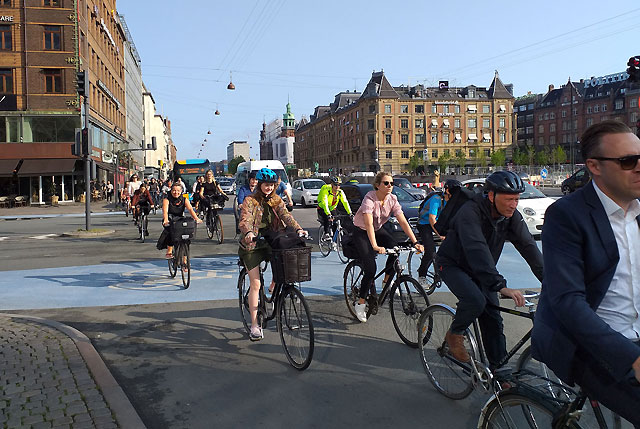


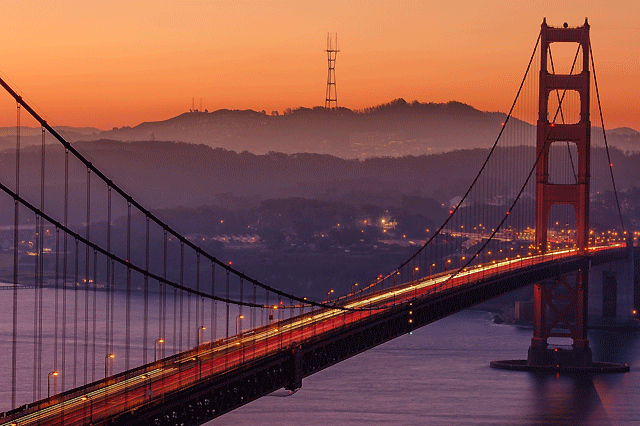



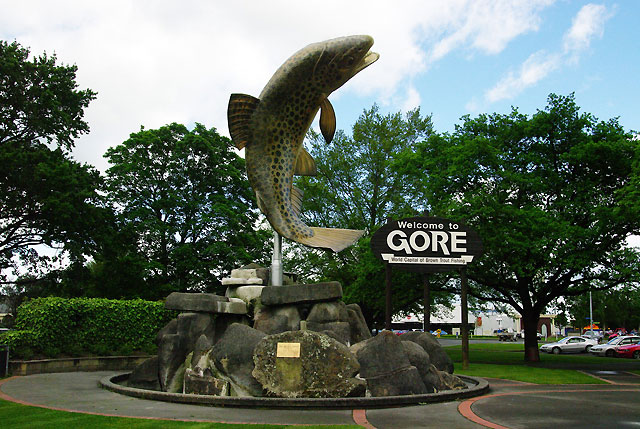
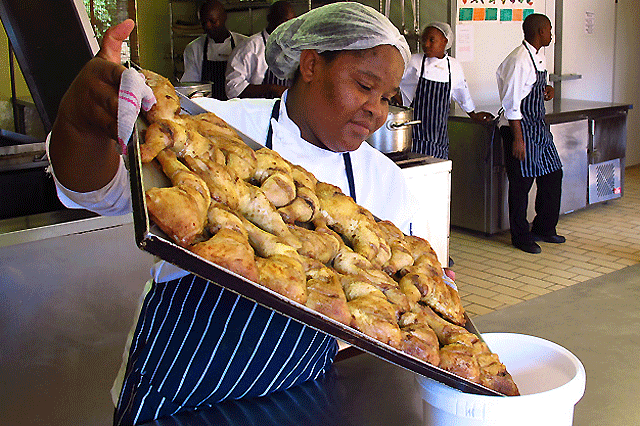

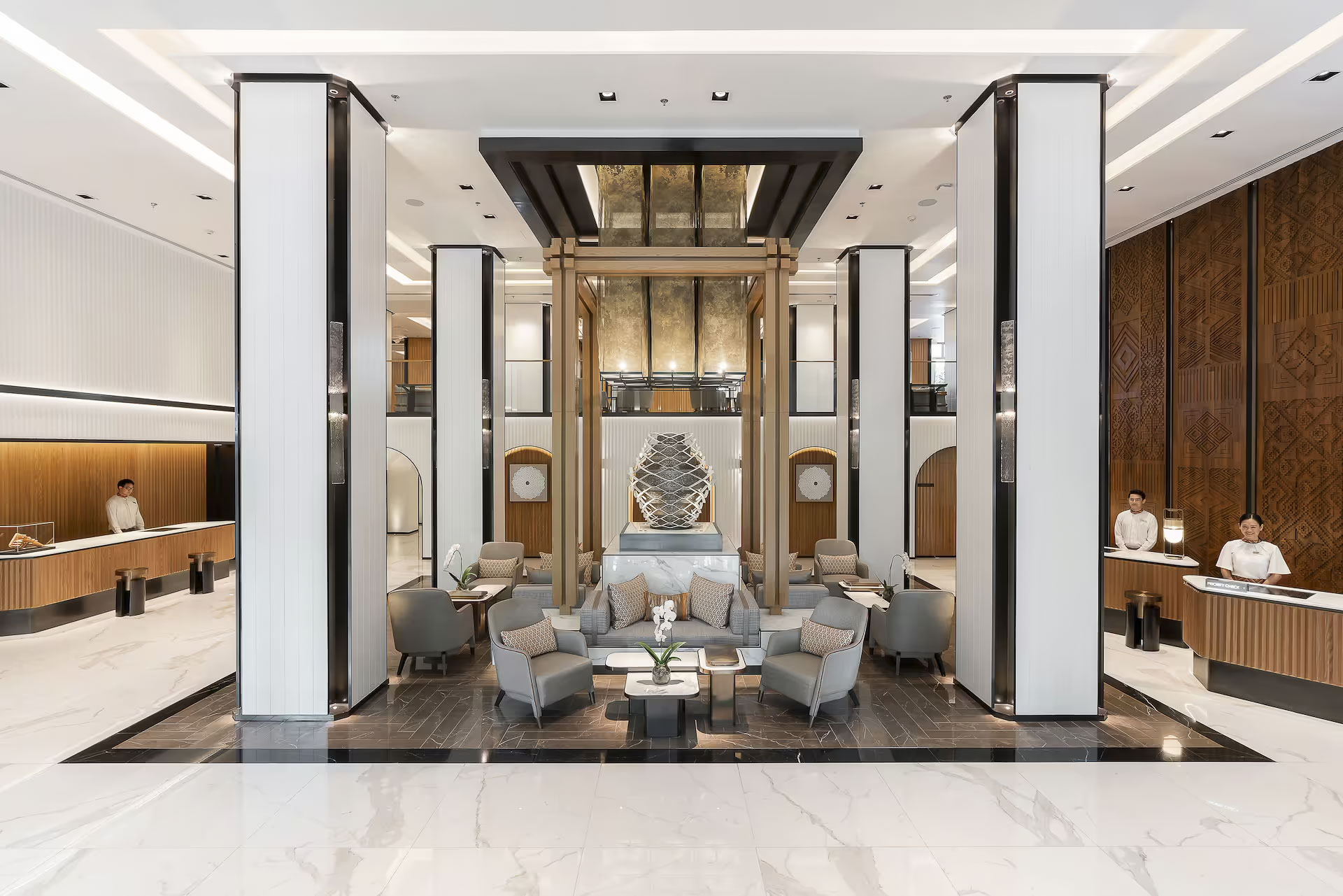


Recent Comments